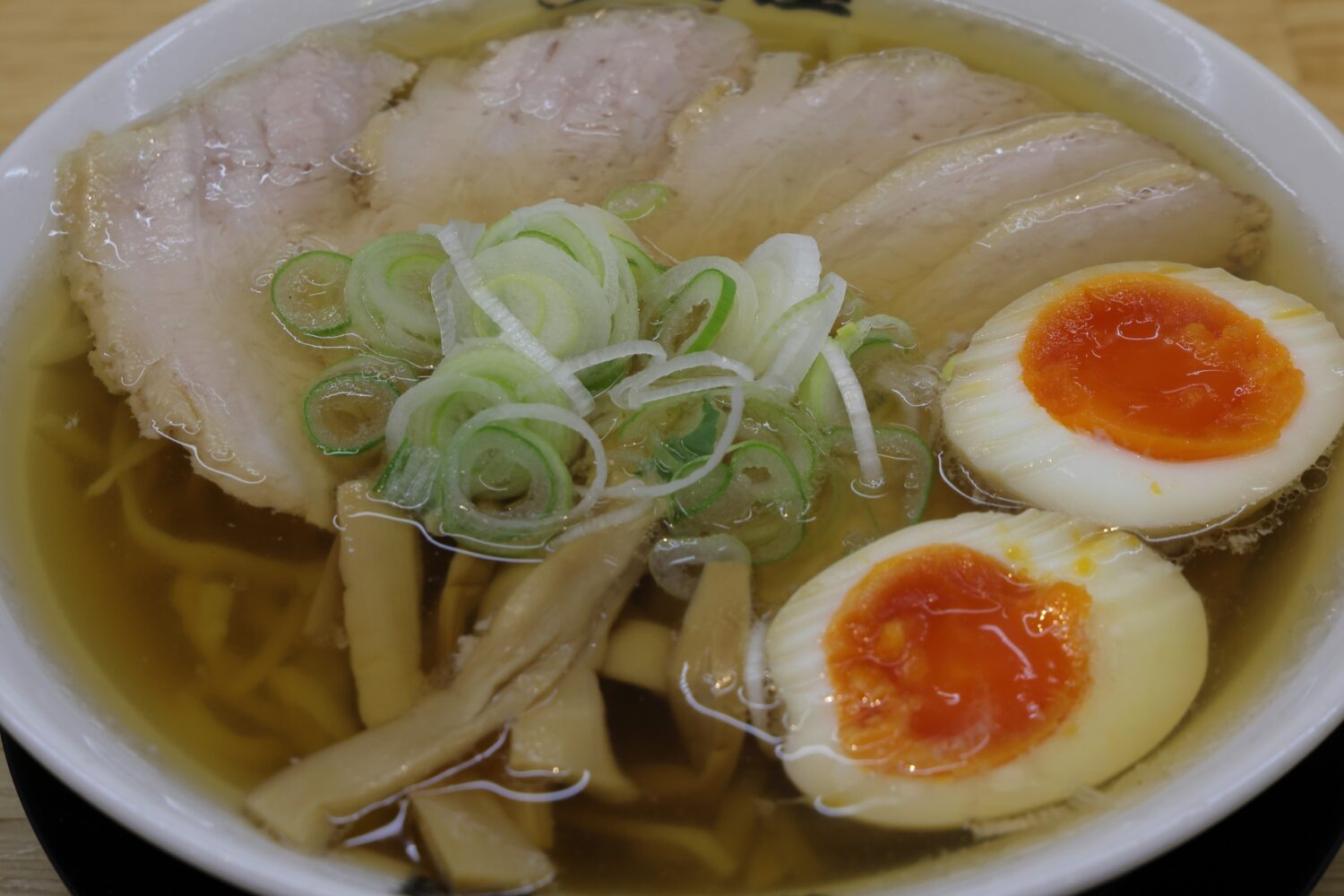How to Eat Ramen for Foreign Tourists 3
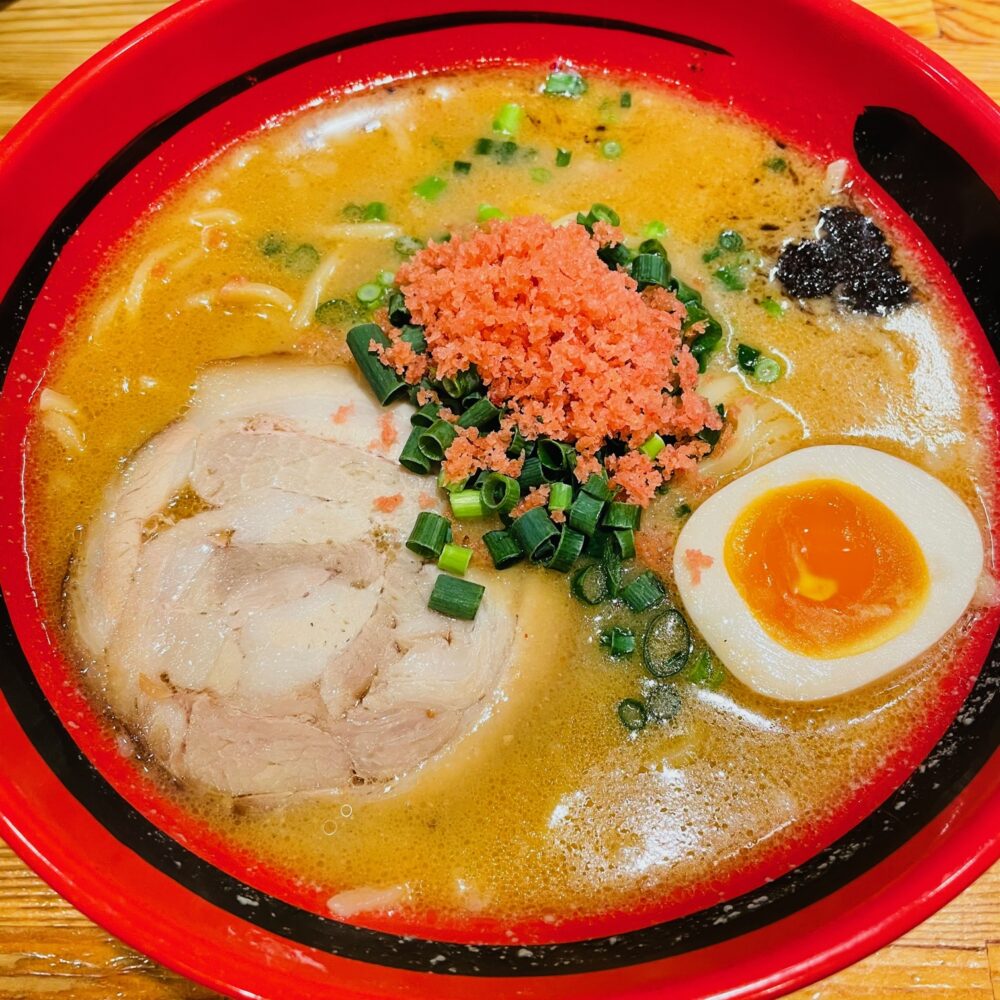
Table of Contents
1. Introduction
2. Classification of Ramen
2-1. Shoyu (Soy Sauce) Ramen
2-2. Shio (Salt flavored) Ramen
2-3. Miso Ramen
2-4. Tonkotsu (Pork bone) ramen
2-5. Tori-Paitan Ramen (Whitish chicken bone soup)
2-6. Tsukemen
2-7. Abura Soba
3. Toppings
4. How to order ramen
5. Ramen consumption ranking and local specialty ramen in top cities
3. Toppings
Many toppings exist for various types of ramen.
- Negi (green onion)
Negi is a topping found in almost all types of ramen. It is an indispensable part of ramen. Although they are often included in ramen from the start, many ramen restaurants also allow you to order leeks as an additional topping.
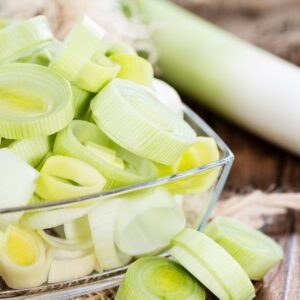
- Menma (bamboo shoots)
Like leeks, menma is an essential ingredient in ramen. However, Kyushu-style tonkotsu ramen often does not contain menma. This is said to be because red ginger was used as a substitute for menma in Fukuoka Prefecture, where menma was hard to come by during the food shortage after the Pacific War.
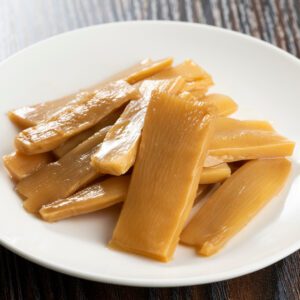
- Cha shu (barbecued pork or chicken)
There are two types of cha shu: one is included in the ramen from the beginning, and the other is not included unless ordered additionally. In the past, pork cha shu was the most common type of cha shu, but in recent years, the variety of cha shu has become more diverse, including chicken cha shu. Many restaurants have independently placed cha shu noodles on their menus as cha shu noodles with more cha shu on top. Recently, some ramen stores have begun to serve roast beef instead of cha shu.
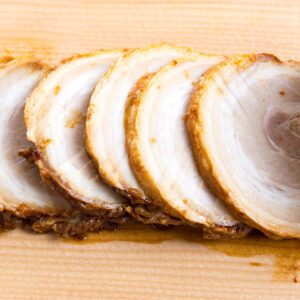
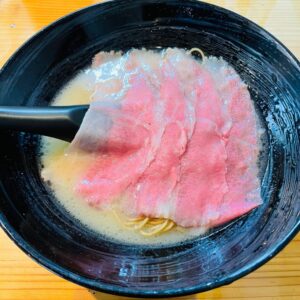
- Eggs
Many ramen restaurants offer ajitama, which is a boiled egg dipped in sauce. Ajitama is a boiled egg dipped in soy source. In some cases, the eggs are served half-cooked. Some restaurants serve a boiled egg without dipping it in the sauce. Some ramen, such as Tokushima ramen, also includes a raw egg in the ramen. The type of the egg varies, but it is rarely included in the ramen from the start, and many ramen restaurants require an additional order.
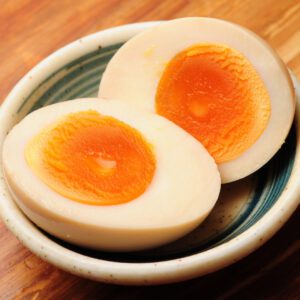
- Nori (seaweed)
Nori can either be included in the ramen from the start or ordered as an add-on. Like menma, tonkotsu (pork bone) ramen does not often contain nori. On the other hand, soy sauce and tonkotsu ramen with a rich broth, such as Ie-kei Ramen, often include nori from the start. The seaweed used in tsukemen and abura soba is usually chopped nori.
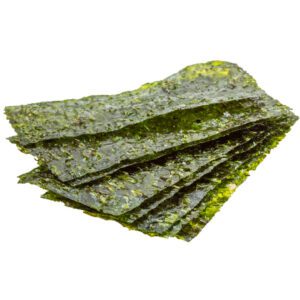
- Vegetables
Bean sprouts are a classic vegetable to be added to ramen. It is an indispensable ingredient in shoyu ramen and miso ramen. In particular, the crunchy and refreshing taste of bean sprouts in tonkotsu shoyu ramen and another rich ramen allows you to drink the soup to the end without getting bored.
However, some seafood-based ramen such as shio ramen and niboshi ramen, as well as tonkotsu ramen, may not use bean sprouts. Spinach goes well with shoyu ramen, and cabbage goes well with miso ramen. Onions and chives may also be added to ramen. Hachioji Ramen in Tokyo is famous for adding chopped onions. Corn goes well with miso ramen. This reason is probably because miso ramen originated in Sapporo and Hokkaido, a corn-producing region.
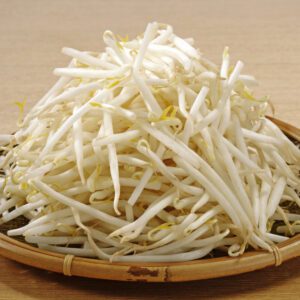
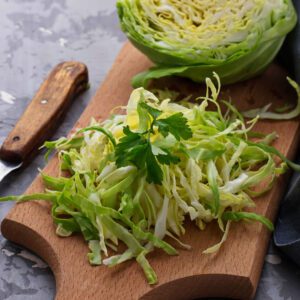
- Red Ginger and Takana
Red ginger and hot spicy takana (leaf mustard) are used almost exclusively in tonkotsu (pork bone) ramen. Red ginger is sometimes served as white ginger without soaking in plum vinegar.
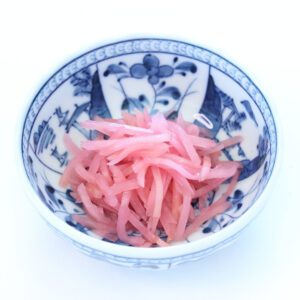
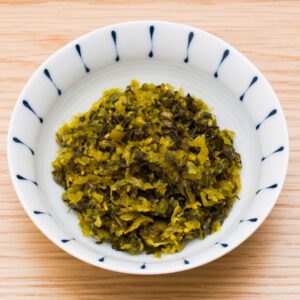
- Garlic
Garlic is offered free of charge at many ramen shops. In some cases, customers squeeze fresh garlic with a squeezer themselves and add it to their ramen.

- Tokusei (special), Zenbu-nose (all on top)
When all toppings are ordered, they may be called “Tokusei (special)” or “Zenbu-nose (all on top)”. Some ramen shops use names such as “Deluxe”, “DX”, or “SUPREME”. In addition to regular soup noodles, “special” and “all toppings” are also available for tsukemen (dipping noodles).
The price of all toppings is the most expensive. If you have trouble ordering one by one or if you do not understand Japanese, ordering “Tokusei (special)” or “Zenbu-nose (all on top)” may be a good option.
Ankake DX, Umakara Ramen Hyouri, Tokyo
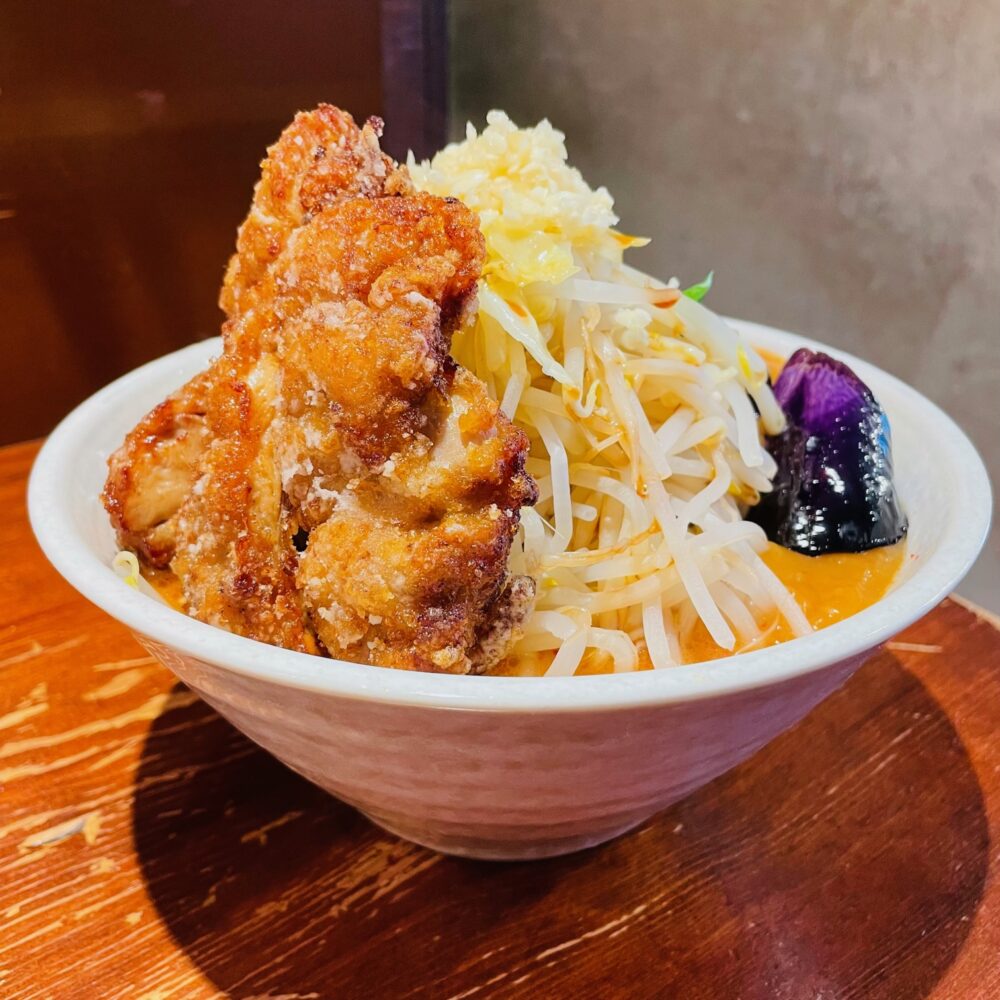 |
SUPREME ramen, Dame na Rinjin, Tokyo
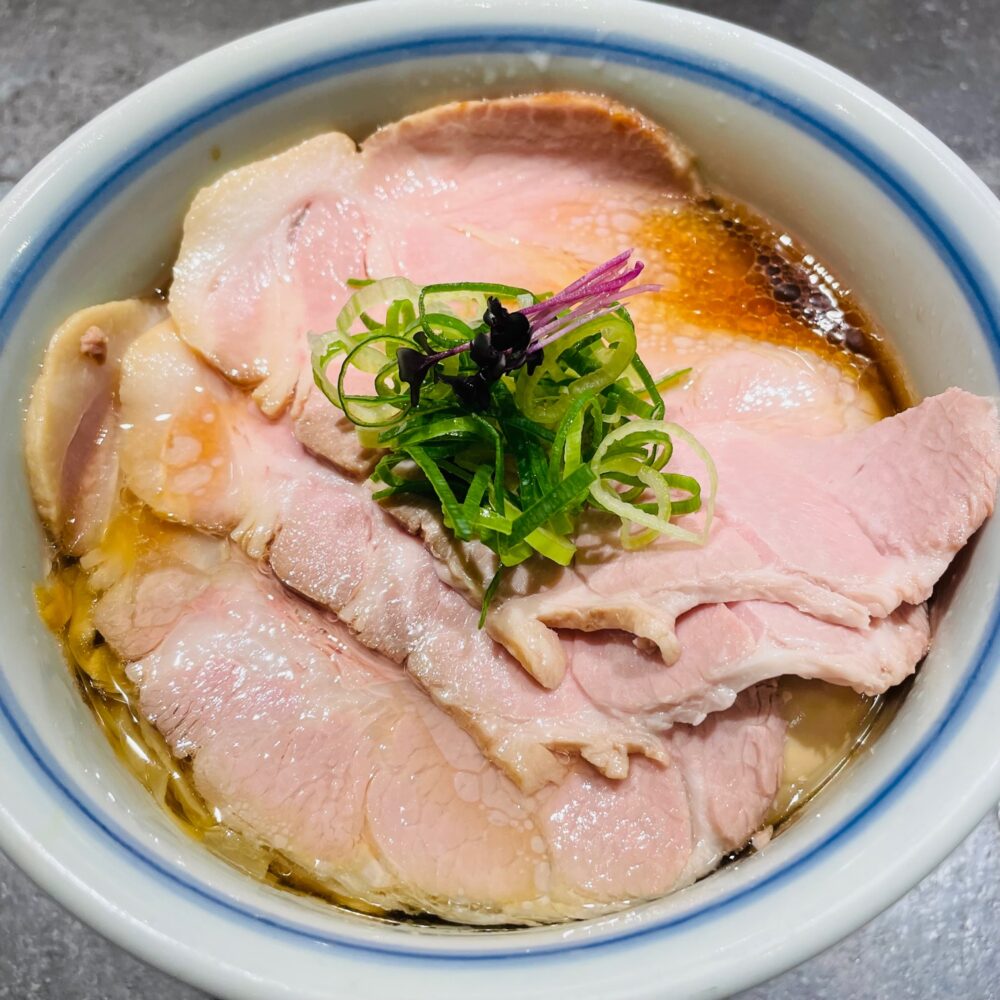 |
Ore no Honbushi ramen (Zenbu-nose), Ore no Sora, Tokyo
 |
4. How to order ramen
According to Tabelog, one of the largest food review websites in Japan, only 0.9% of all ramen restaurants in Japan have English menus. Since 2.1% of all restaurants listed on the site have English menus, this means that less than half of all ramen restaurants in Japan have English menus.
Therefore, ordering ramen in Japan can be quite difficult for foreigners who cannot read Japanese.
However, there is a trick to ordering ramen at ramen stores, and once you get the hang of it, you can order ramen even if you cannot read Japanese.
In recent years, many ramen stores have adopted a system whereby you buy your meal ticket from a ticket vending machine, but most ticket vending machines have only Japanese writing on them. Most of them are written only in Japanese, and many of them do not have pictures of the dishes, so it is highly probable that many foreigners will be at a loss.
In most cases, the ticket machines are arranged in the order of the ramen restaurant’s recommended menu. In most cases, the leftmost button on the top row of the ticket machine is the restaurant’s recommendation and the most popular item.

The top row, from left to right, may contain ramen of different flavors or the same flavor with additional toppings. If the leftmost row is for ramen of a different flavor, such as “soy sauce flavor” and the one to its right is “miso flavor,” the price is not significantly different from that of the leftmost button.
When menus with the same flavor plus toppings are lined up in the same row, the price is of course higher, which is one of the criteria for distinguishing between the two. Of course, there are exceptions to these regularities.
If the menu has a prominent label such as “Recommended (おすすめ)” in red or yellow letters, it is often the most popular menu item in the restaurant, so forget the above rule of “the top row & leftmost button on the ticket machine” and press that button.

Note that the ticket machine button with the highest price is almost always “Tokusei (special)” or “Zenbu-nose (all on top)”, which includes all toppings as described in the Toppings section. If you are a foreigner who wants to enjoy delicious ramen with a variety of toppings even though you do not understand Japanese, it is “recommended” that you press the button on the ticket machine for the higher priced items.
If you want to order by mouth instead of using a ticket machine, choose the menu on the right side of the vertical writing menu list. In most cases, the rightmost menu is the restaurant’s recommendation. If the menu is written horizontally, choose the menu at the top. Even if you do not speak Japanese, most ramen stores will understand if you point to the menu on the menu list.

5. Ramen consumption ranking and local specialty ramen in top cities
Finally, we looked at ramen consumption by region in Japan. This is a ranking of per capita annual ramen consumption in eating out, based on statistics from the Ministry of Internal Affairs and Communications (covering households of two or more people). This is a three-year average from 2019 to 2021 for prefectural capitals and ordinance-designated cities in Japan (52 cities in all).
Ranking of per capita annual ramen consumption (Yen)
| 1st | Yamagata City, Yamagata Prefecture | 13,531 |
| 2nd | Niigata City, Niigata Prefecture | 12,687 |
| 3rd | Aomori City, Aomori Prefecture | 9,508 |
| 4th | Sendai City, Miyagi Prefecture | 9,333 |
| 5th | Utsunomiya City, Tochigi Prefecture | 9,273 |
| 6th | Kanazawa City, Ishikawa Prefecture | 9,079 |
| 7th | Akita City, Akita Prefecture | 8,927 |
| 8th | Fukushima City, Fukushima Prefecture | 8,711 |
| 9th | Morioka City, Iwate Prefecture | 8,551 |
| 10th | Kofu City, Yamanashi Prefecture | 8,018 |
| 11th | Nagano City, Nagano Prefecture | 7,757 |
| 12th | Toyama City, Toyama Prefecture | 7,656 |
| 13th | Mito City, Ibaraki Prefecture | 7,576 |
| 14th | Fukui City, Fukui Prefecture | 7,324 |
| 15th | Kawasaki City, Kanagawa Prefecture | 7,136 |
| 16th | Chiba City, Chiba Prefecture | 7,107 |
| 17th | Wards of Tokyo | 7,073 |
| 18th | Saitama City, Saitama Prefecture | 6,945 |
| 19th | Kochi City, Kochi Prefecture | 6,756 |
| 20th | Sapporo City, Hokkaido | 6,695 |
This ranking clearly shows that the top cities in terms of ramen consumption are located in cold regions, such as the Tohoku region (1st: Yamagata City, 3rd: Aomori City, 4th: Sendai City, etc.) and the Joetsu and Hokuriku regions (2nd: Niigata City, 6th: Kanazawa City, etc.). The ranking of salt intake per capita is also higher in cold regions. According to the Ministry of Health, Labour and Welfare’s National Health and Nutrition Survey (2019), the Hokuriku region ranks first in per capita salt intake, followed by the Tohoku region. Cold regions, such as the Tohoku region, have historically had many dishes with high salt content. This is believed to be because people living in the cold Tohoku region have maintained their body temperature by raising blood pressure through the high salt intake. Therefore, ramen, a dish with a higher salt content than many other dishes, is probably favored even more than in other regions. It is interesting to note that Sapporo City, the birthplace of miso ramen, and Fukuoka City, the birthplace of tonkotsu (pork) ramen, which is well known as “local ramen,” are not at the top of the ramen consumption ranking, coming in at No. 20 and No. 36, respectively. It seems that the top cities in the ranking, or the prefectures to which they belong, have a variety of “local ramen” that is loved by many locals. The following is a list of ramen that is characteristic of the top cities. We hope that foreign visitors to Japan will visit these cities and taste the various flavors of ramen that Japan boasts.
Local specialty ramen
| No. 1 : Yamagata Prefecture |
| Sakata Ramen, Sakata City |
| Torimotsu Ramen, Shinjo City |
| Chicken Chinese noodles, Tendo city |
| Cold ramen noodles, Yamagata City |
| Akayu Ramen, Nanyo City |
| Yonezawa Ramen, Yonezawa City |
| No. 2 : Niigata Prefecture |
| Niigata light shoyu ramen, Niigata City |
| Niigata rich miso ramen, Niigata City |
| Tsubame-Sanjo back fat ramen, Tsubame City & Sanjo City |
| Nagaoka ginger shoyu ramen, Nagaoka City |
| Sanjo curry ramen, Sanjo city |
| No. 3 : Aomori Prefecture |
| Tsugaru Niboshi Ramen, Hirosaki City |
| Aomori ramen, Aomori city |
| Miso curry milk ramen, Aomori city |
| Hachinohe Ramen, Hachinohe City |
| No. 4 : Local specialty ramen in Miyagi Prefecture |
| Sendai Ramen, Sendai City |
| Kesennuma Ramen, Kesennuma City |
| No. 5 : Local specialty ramen in Tochigi Prefecture |
| Sano Ramen, Sano City |
No.1: Local specialty ramen in Yamagata Prefecture
Sakata Ramen (Sakata City)
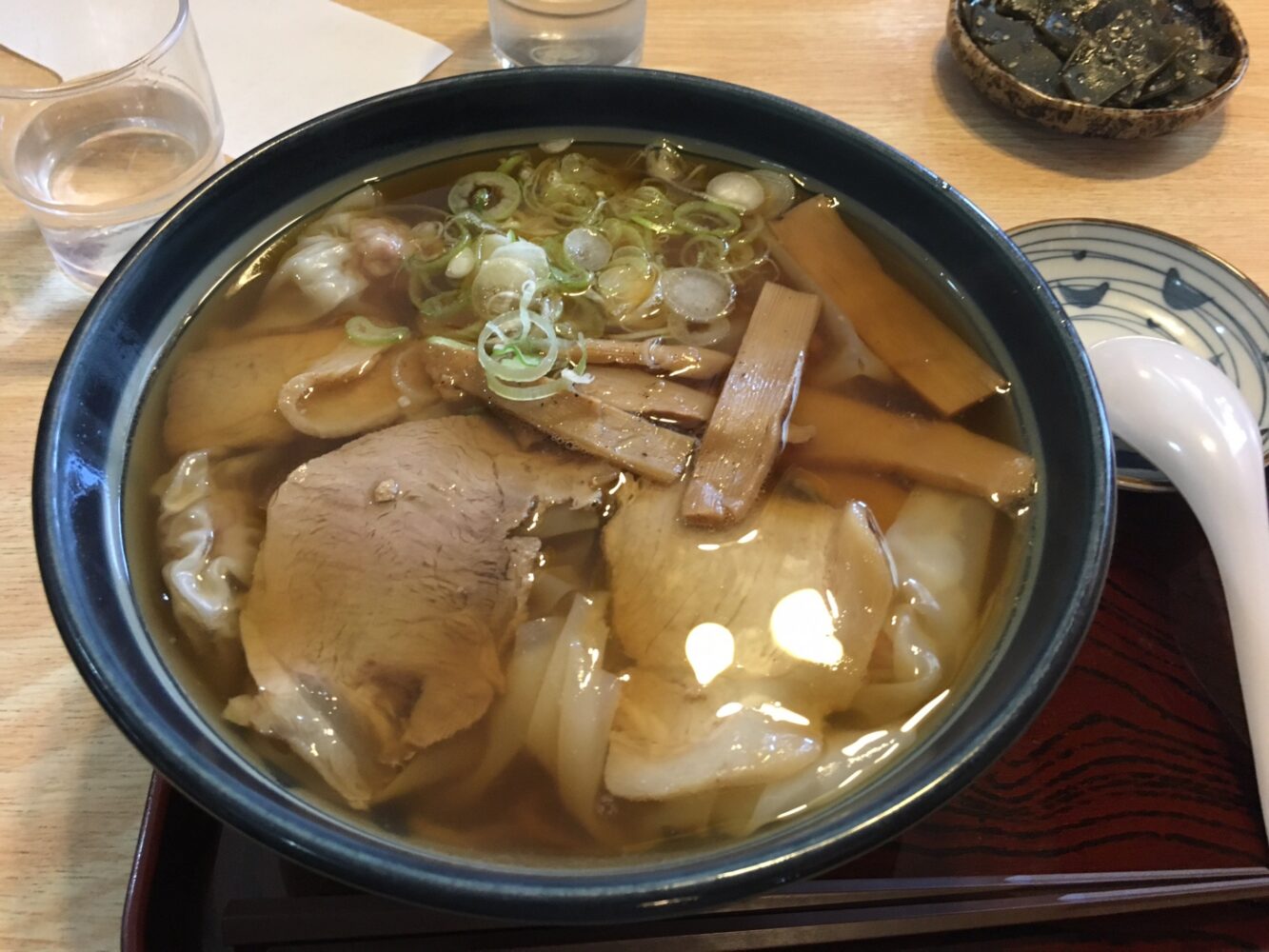
Torimotsu (Chicken Offal) Ramen (Shinjo City)

Chicken Chinese Ramen (Tendo City)
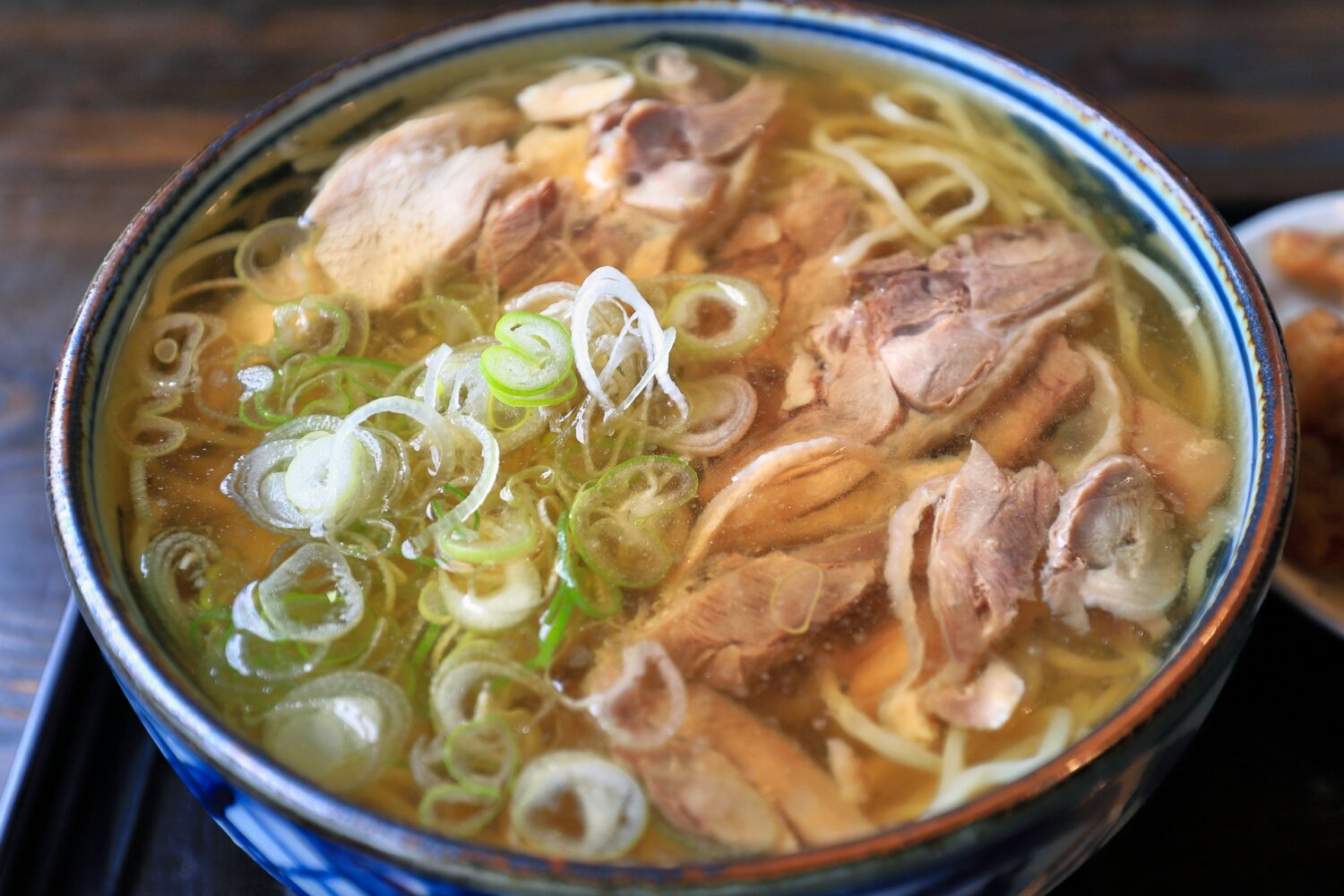
Cold Ramen (Yamagata City)
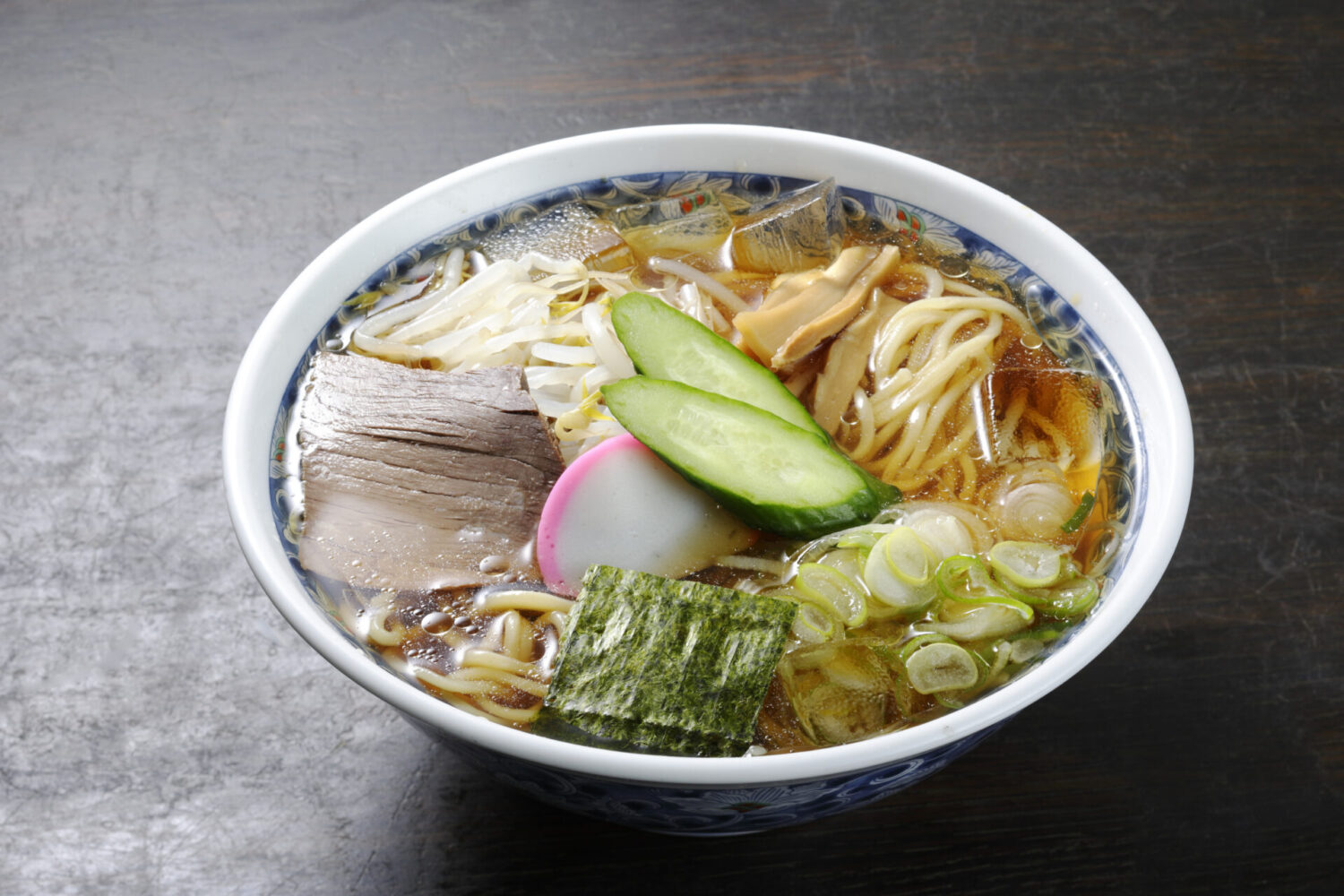
Akayu Ramen (Nanyo City)
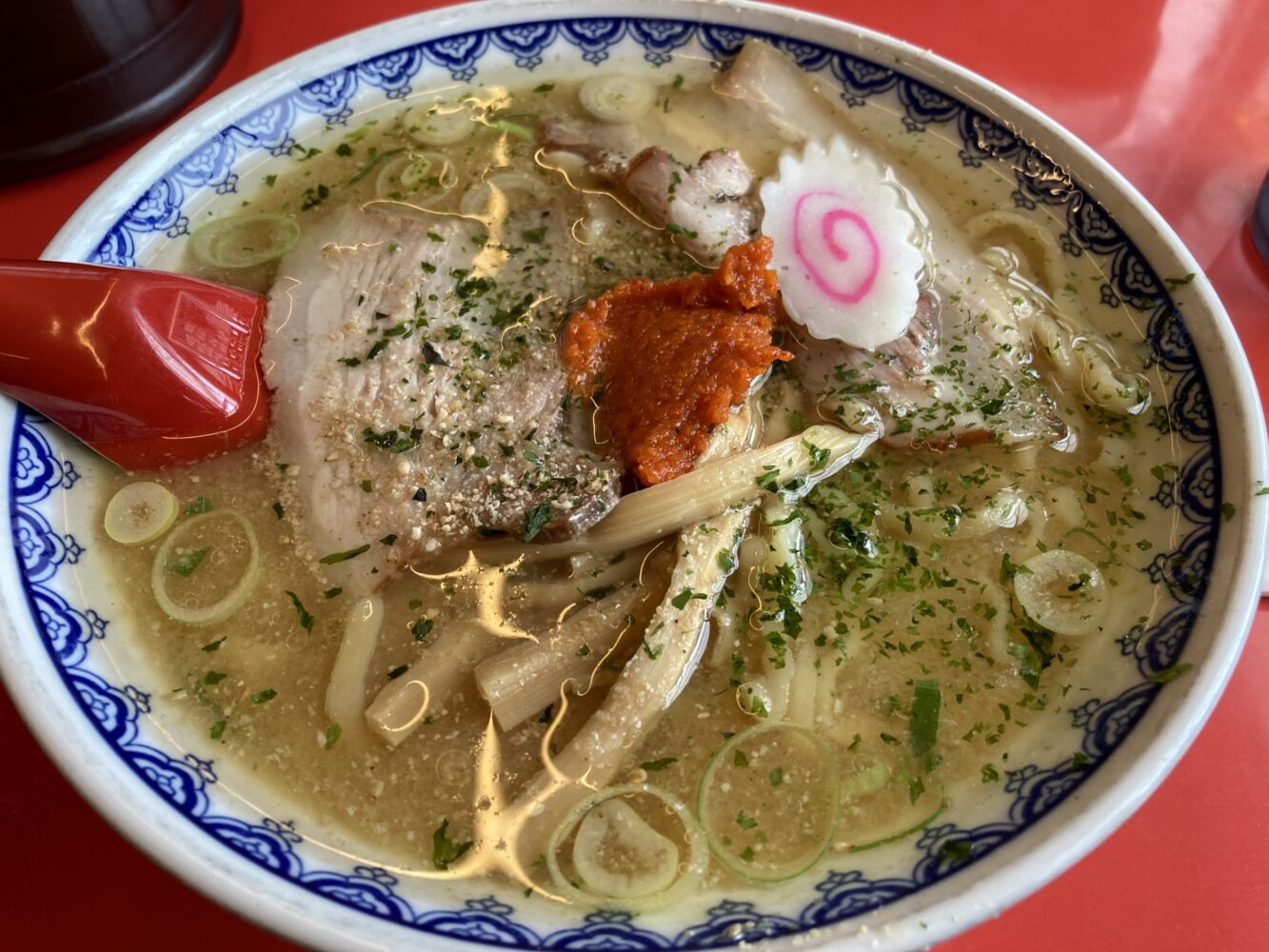
Yonezawa Ramen (Yonezawa City)
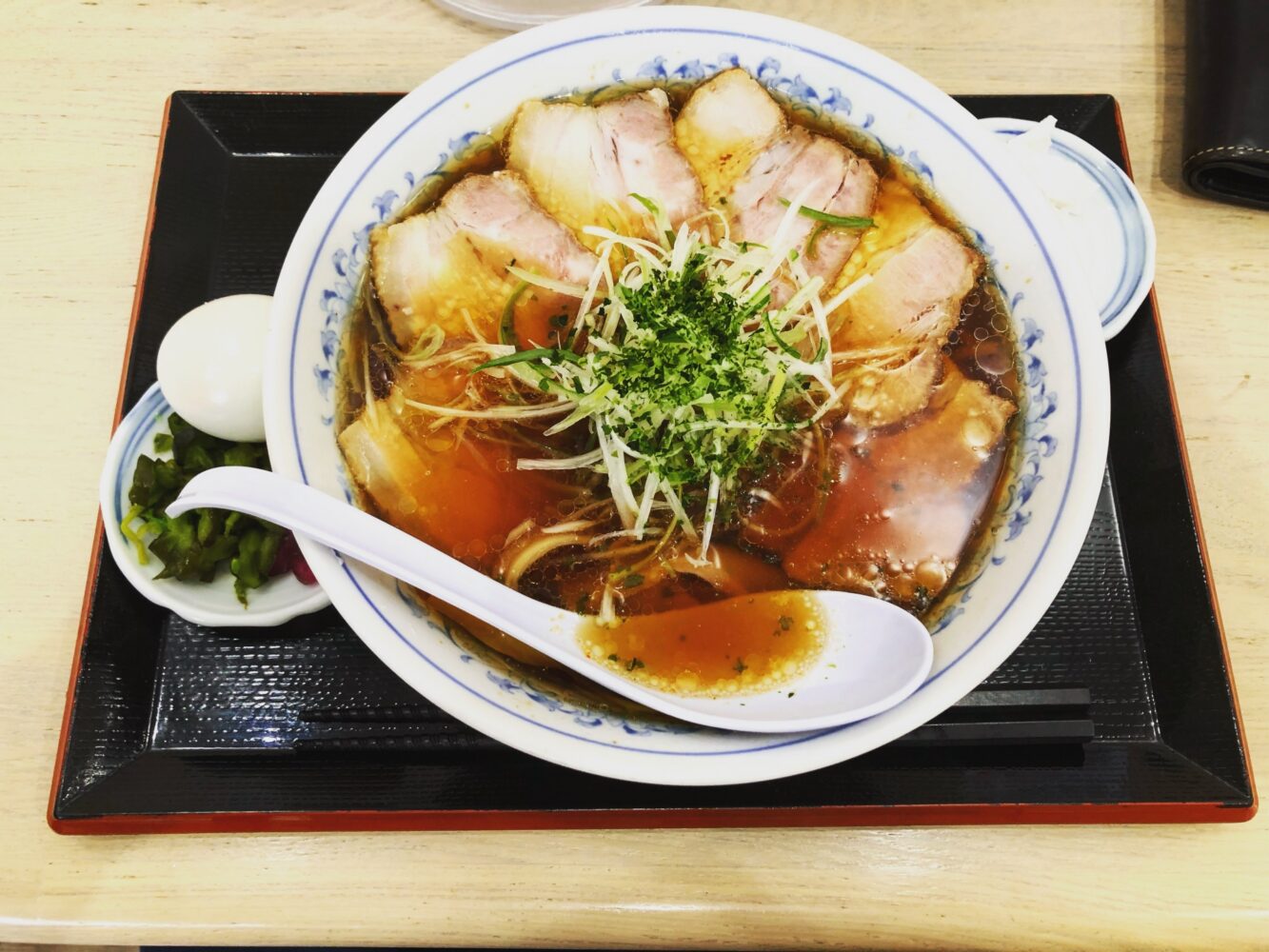
No.2: Local specialty ramen in Niigata Prefecture
Niigata ramen (light shoyu ramen) (Niigata City)
No photo
Niigata rich miso ramen (Niigata City)
No photo
Tsubame-Sanjo Back Fat Ramen (Tsubame City, Sanjo City) 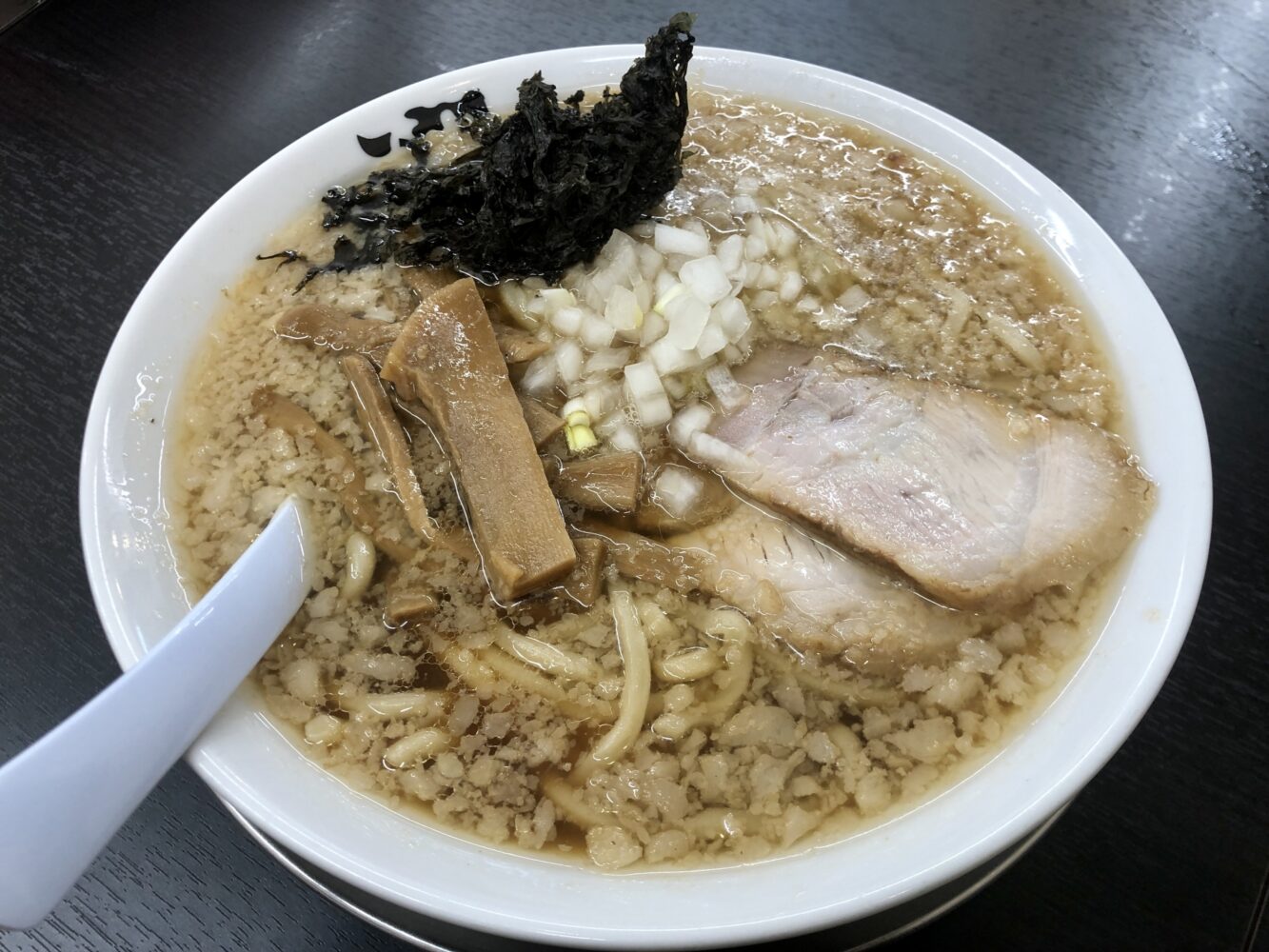
Nagaoka Ginger Shoyu Ramen (Nagaoka City)
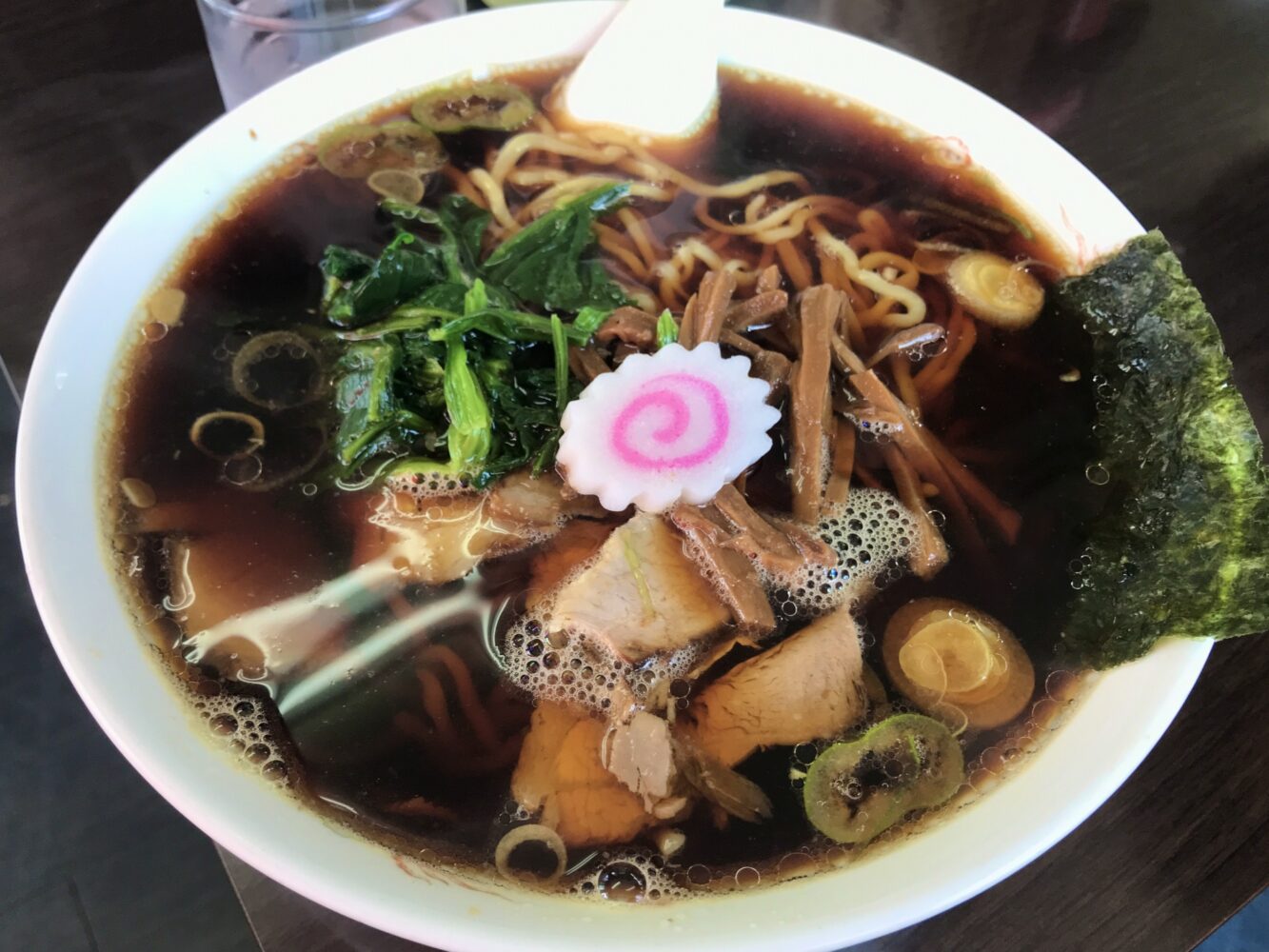
Sanjo Curry Ramen (Sanjo City)
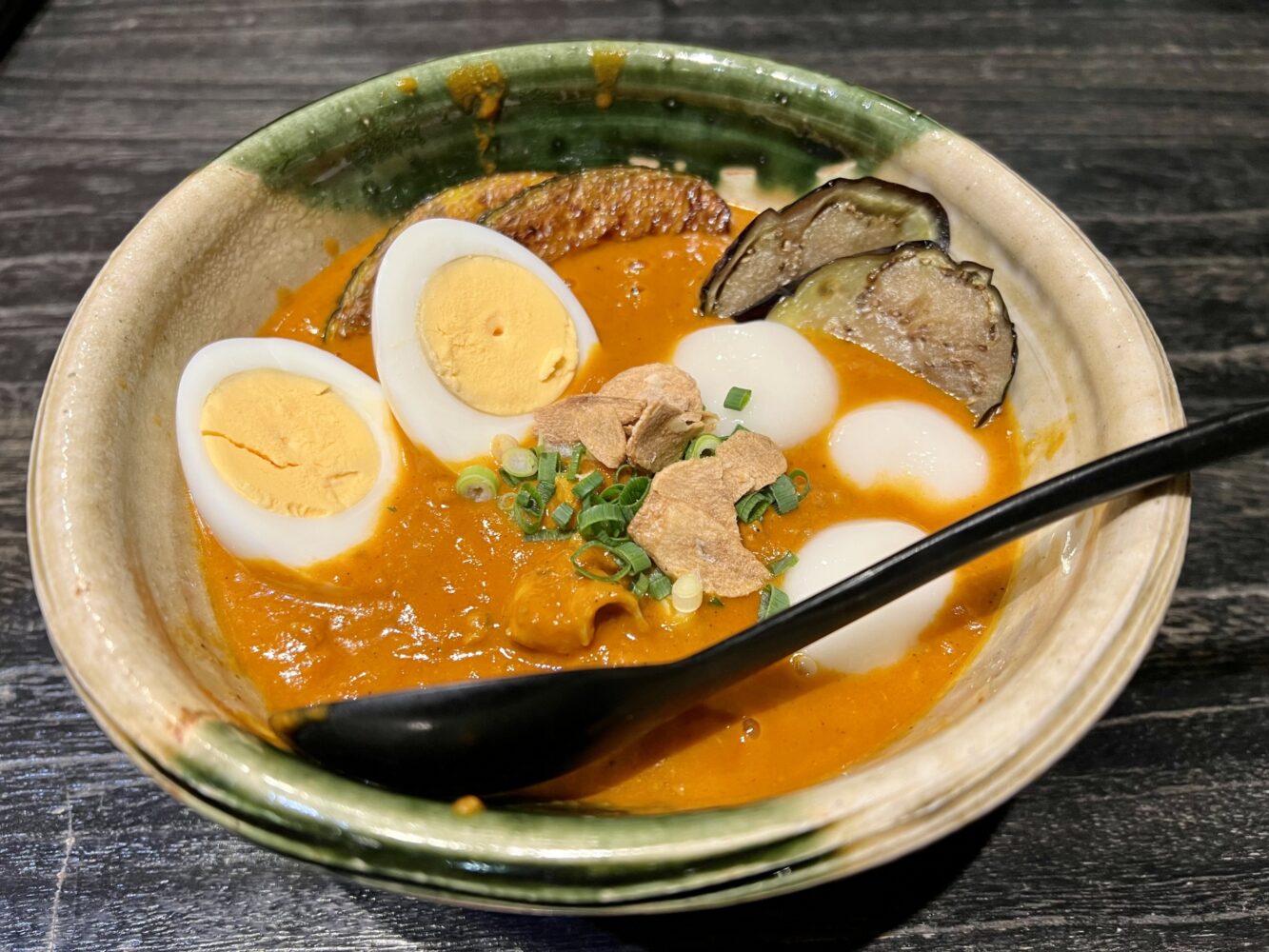
No.3: Local specialty ramen in Aomori Prefecture
Tsugaru Niboshi Ramen (Hirosaki City)
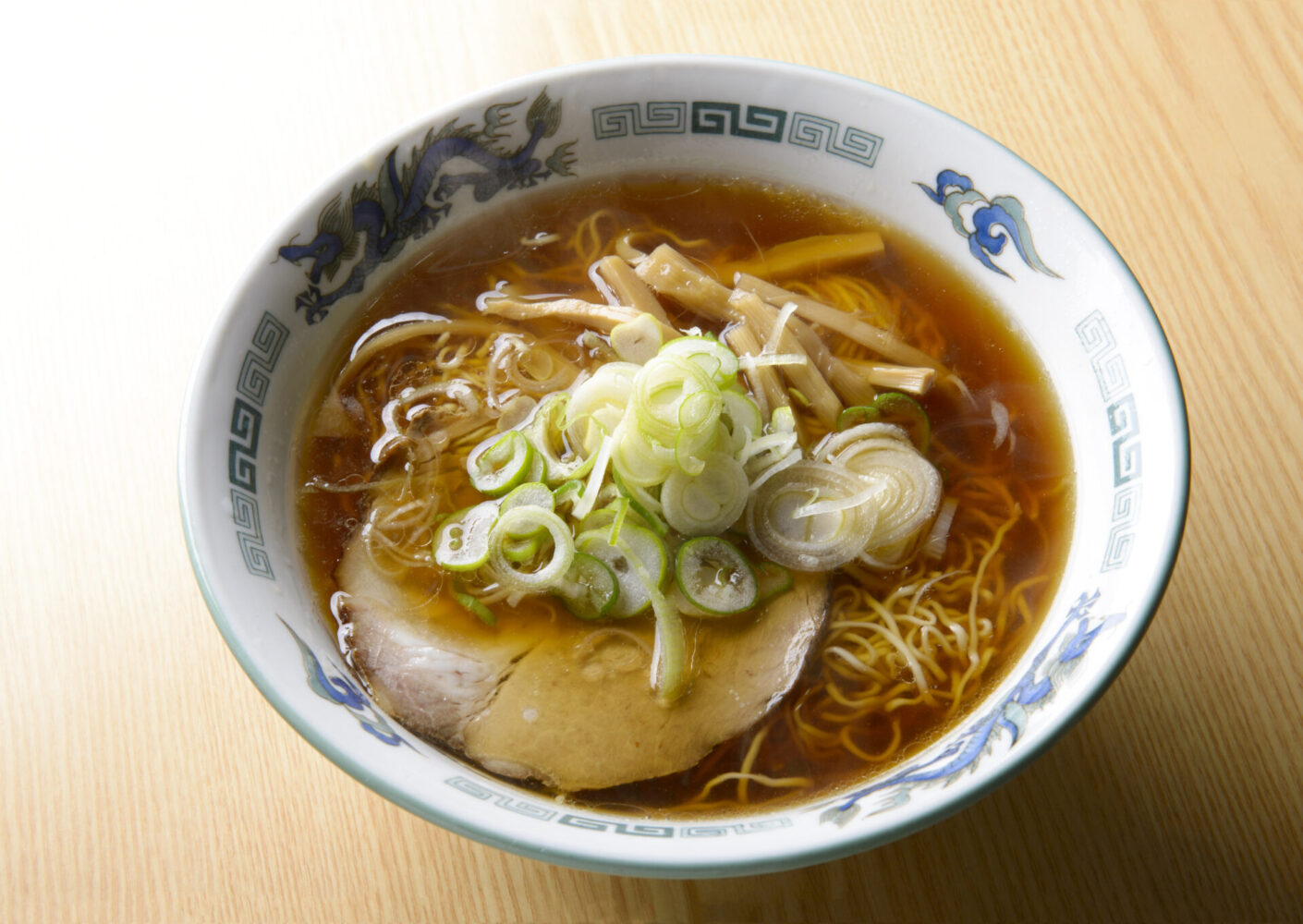 Image provided by Umai Mono Aomori
Image provided by Umai Mono Aomori
Aomori Ramen (Aomori City)
No photo
Miso Curry Milk Ramen (Aomori City)
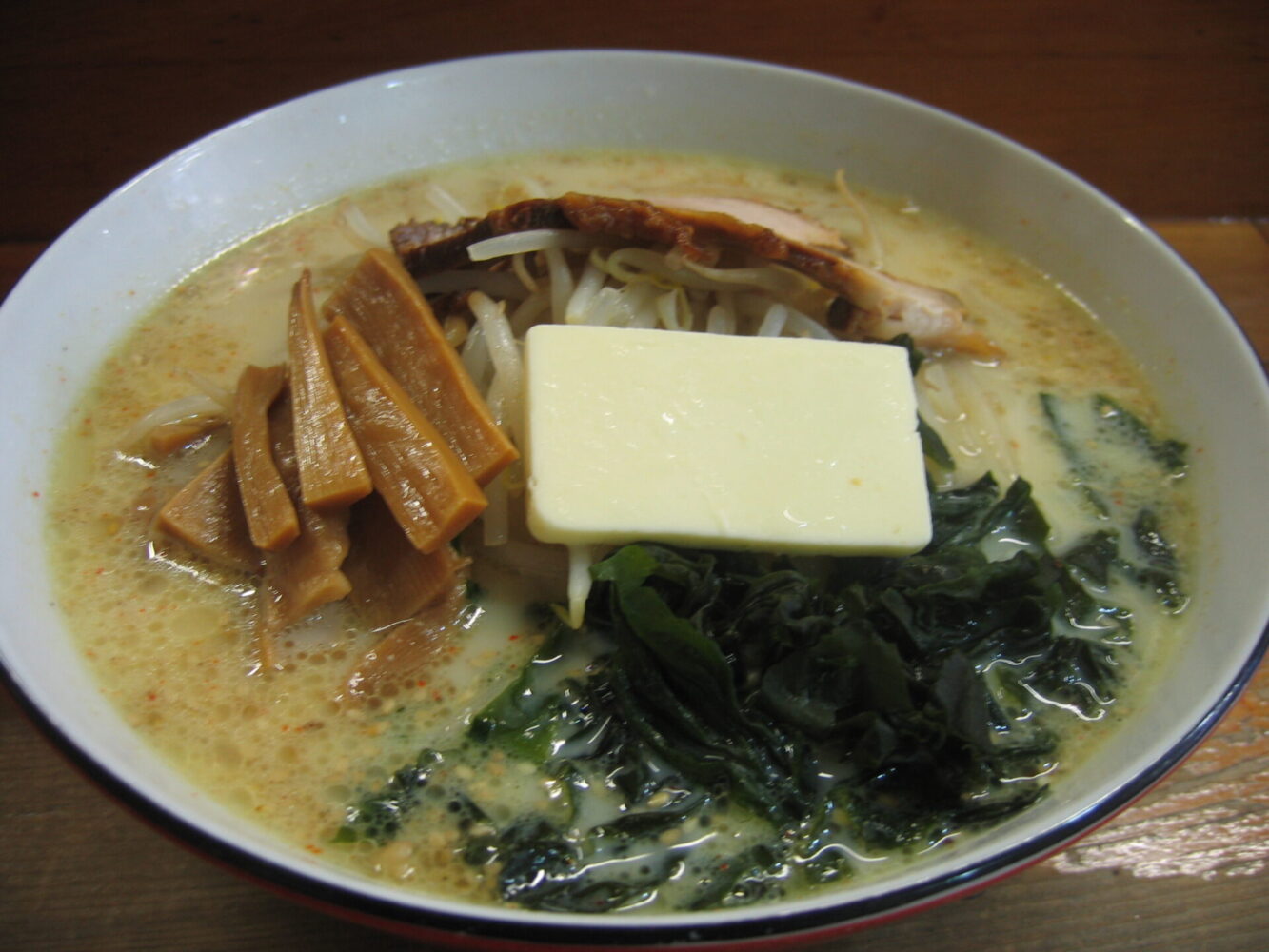 Image provided by Umai Mono Aomori
Image provided by Umai Mono Aomori
Hachinohe Ramen (Hachinohe City)
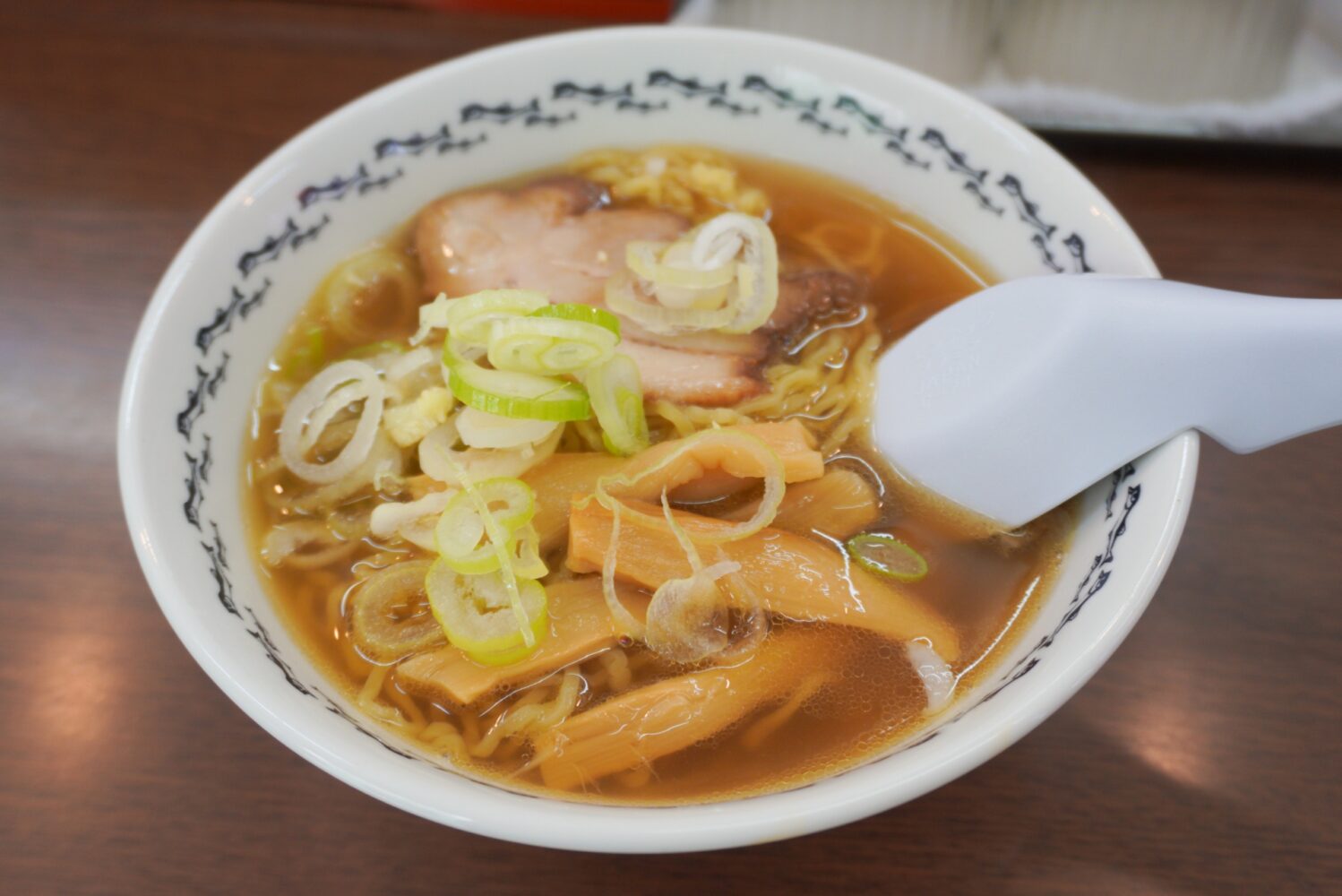
No.4: Local specialty ramen in Miyagi Prefecture
Sendai Ramen (Sendai City)

Kesennuma Ramen (Kesennuma City)
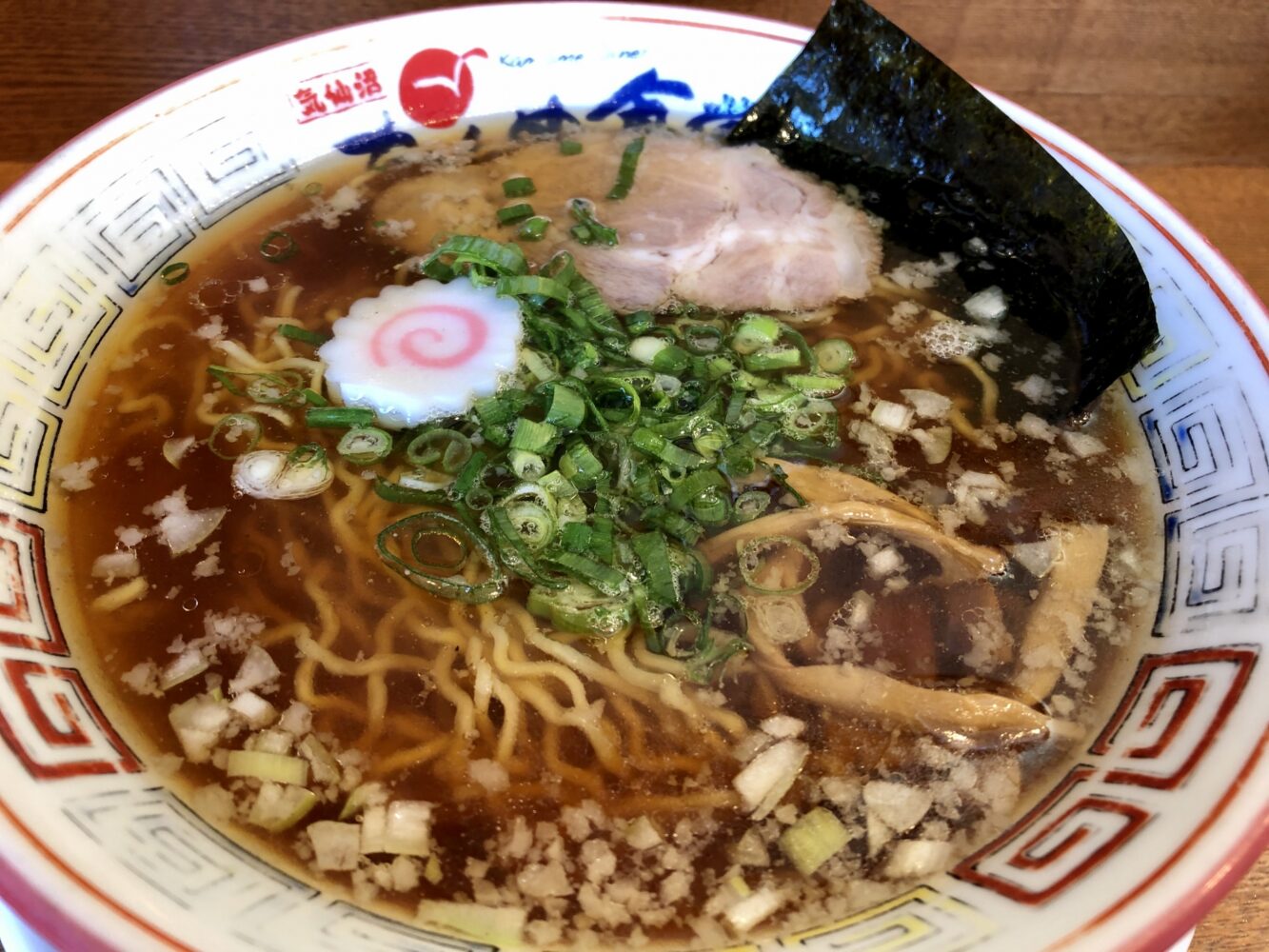
No.5: Local specialty ramen in Tochigi Prefecture
Sano Ramen (Sano City) 